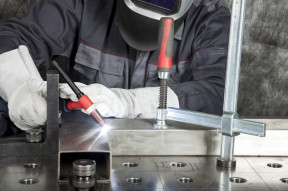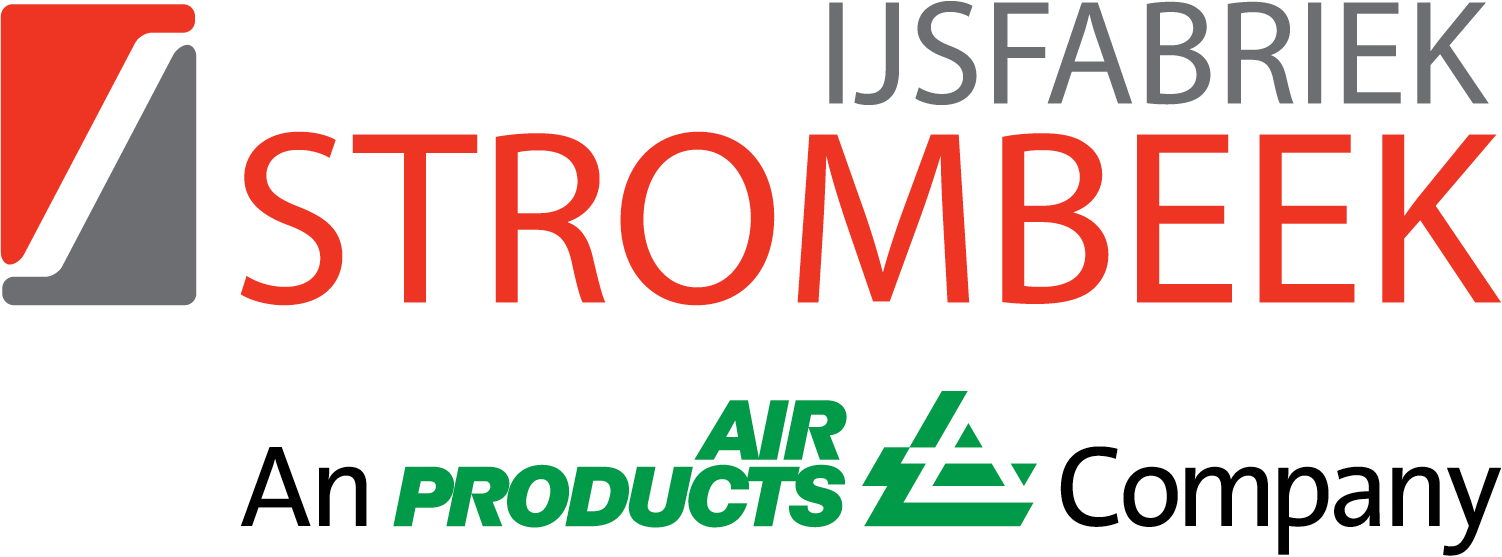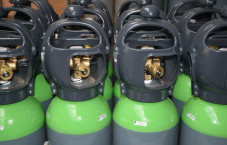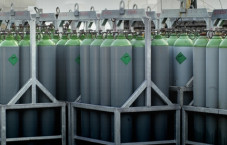Gas Metal Arc Welding

Process
Gas Metal Arc Welding (GMAW) is also referred to as Metal Inert Gas or Metal Active Gas Welding. These are two identical welding processes, which only differ in the gas used. This welding method is also referred to as semi-automatic welding.
GMAW is currently the most widely used welding process thanks to its versatility and speed. It owes its popularity to its adaptation to mechanisation and robotic automation processes, as well as its high flexibility and high deposition rate.
This welding process involves the continual mechanical feeding of a wire during the welding process. An electric arc is formed between this wire and the workpiece metal. The melted metal from the wire and the melted work piece metal come together to form the heat-sealed joint.
There are various forms in which the material transfers from the wire to the weld pool. These process varieties largely determine the application areas of the process.
The main droplet transfer modes are:
- Short-circuiting arc: Short-circuiting arc transfer means that the tip of the wire electrode comes into contact with the weld pool. The material transfer takes place during the short-circuits.
- Spray arc: Spray arc welding requires a much higher tension to ensure that the wire electrode does not come into contact with the weld pool. The molten metal at the tip of the wire electrode transfers to the weld pool in the form of small droplets.
- Pulsed-spray arc: The pulse-spray method is used to achieve a stable arc. Pulse-spray welding results in a material transfer with an open arc. Each pulsing current must be strong enough to allow for a molten droplet to fall. As such the low heat input is important as it reduces deformation, results in a melting loss of the alloy elements, provides a smooth welded look and results in little or no spatter.
The short-circuit arc and the pulsed-spray arc are used when welding at a lower amperage and spray arc welding is used for high welding currents.
Requirements
Shielding gas
The weld pool is protected by a shielding gas during welding. MIG welding requires the use of an inert gas, whilst MAG welding uses active gas. Contrary to active gas, inert gas does not react with the weld pool.
The shielding gas has an important effect on the arc stability, the material transfer and the behaviour of the weld pool, in particular the penetration. It is also a contributing factor for the composition and quantity of welding fume and the weld appearance. The metallurgic and mechanical qualities of the weld are affected by the melting loss of alloy elements and the absorption of oxygen, nitrogen and carbon.
- MAG welding of carbon-steel and low-alloy steel grades: For MAG welding of steel 100% CO2 can be used or a gas mixture consisting of Argon with 8 to 25% CO2. This mixed gas reacts with the weld and is therefore an active gas due to its oxidation components, i.e. metal active gas. The higher the CO2-dose, the deeper the weld will penetrate. In comparison to CO2, mixed gas is less critical for the set parameters and results in a nice welding finish and reduces spatter loss. However, the risk of lack of fusion is greater as the heat introduced to the work piece metal is lower. It is also possible to add a small quantity of oxygen. Oxygen is a way of reducing the surface tension of liquid iron and facilitates the rejection of the liquid droplets. The most commonly used composition is 85% Argon + 15% CO2.
- MAG welding of anti-corrosive and heat resistant steel grades: MAG welding of these steel grades, such as stainless steel, requires a gas mixture consisting of Argon + 0.5 to 5% CO2. The most commonly used composition is 98% Argon + 2% CO2.
- MIG welding of aluminium alloys:& aluminium is welded with 100% Argon or a gas mixture of Argon + 25-75% Helium. This gas does not react with the weld, but only shields it and is therefore an inactive gas. The addition of Helium improves the penetration and reduces discolouration.
GMAW has seen new impulses due to the introduction of high-power MAG welding. These are processes with a higher metal deposition rate.
During these welding processes, welding takes place within the open-arc area with a large exposure length and high amperage and high wire speeds of over 15 m/min. Four-component shielding gasses are used during these processes. These gas mixtures consist of Argon with Helium, 8% to 25% CO2 and 0.5 to 3% oxygen (usually CO2 10% and oxygen 2%).
These processes are interesting from an economic perspective for the welding of heavy constructions as they require less layers and mechanisation can be applied to a large extent.
Welding equipment
There are various installations and models available for GMAW, depending on their use and nature of the works. A compact-model (semi-automatic) includes a built in wire feed mechanism and a power supply. There are also separate installations, whereby the power supply is equipped with a remote wire feeding cabinet connected by a piping kit. The push-pull system has wire feeding coils in the wire cabinet and in the pistol, making it suitable for welding softer aluminium wire.
The latest developments of electronics have had a great impact on the user-friendliness and maintenance-friendliness of the equipment.
Benefits
- Good welding quality: touch welding leaves little room for mistakes
- It is a cheap welding method if CO2 is used
- Can be used in a great variety of positions
- Extremely multi-purpose: both manual and automatic
IJsfabriek Strombeek's product range includes pure Argon, Helium and CO2, as well as various combinations of bottled gas mixtures in various quantities. We also offer a total range of welding equipment of leading brands such as Lincoln Electric, Esab and Parweld, as well as securing components and compatible and non-compatible Binzel torches.
Delivery forms


